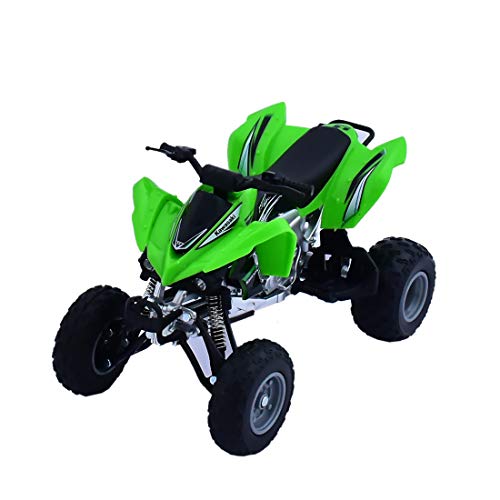No products in the cart.
Fun Facts
The Art of Venturing Off the Beaten Path
 The Art of Venturing Off the Beaten Path
The Art of Venturing Off the Beaten Path
There’s something undeniably magical about stepping away from the crowded trails and exploring uncharted territory. But how do you navigate the wilderness, thrive in remote areas, and leave the land as pristine as you found it?
Why Adventure Seekers Choose the Road Less Traveled
There’s a certain thrill in exploring places untouched by the masses. For some, it’s about finding solitude, while others crave the challenge of the unknown. Choosing the road less traveled offers a chance to reconnect with nature, discover hidden gems, and create stories worth telling. It’s not just about the destination but the journey—the triumphs, the setbacks, and the memories etched along the way.
Essential Navigation Techniques for Uncharted Terrain
Understanding Maps and Topographic Features
Maps are like a treasure chest of information. A good topographic map reveals more than just direction—it shows the rise and fall of the land, hidden water sources, and potential obstacles. Learn to decipher contour lines, elevation markers, and symbols to transform your map into a guide through the wilderness.
Mastering Compass Skills
A compass is your wilderness best friend. It works anywhere, doesn’t run out of batteries, and helps you find your way in unfamiliar terrain. Learn to align it with your map, take bearings, and navigate through forests, across deserts, or over mountain ridges with confidence.
Leveraging GPS and Digital Tools Responsibly
Modern GPS devices and apps like Gaia GPS or AllTrails can make navigation a breeze. But what happens when the battery dies or you lose signal? Always treat digital tools as a backup and pair them with traditional navigation skills for a foolproof approach to exploring.
Wilderness Survival Skills: A
Procuring Clean Water in the Wild
Water is essential, but not all water is safe to drink. Learn to find reliable sources like flowing streams and use purification methods such as boiling, filtration, or chemical tablets to stay hydrated and healthy.
Fire-Building Techniques for Heat and Cooking
Mastering fire-building is a game-changer. Whether using matches, a lighter, or friction-based tools like a bow drill, a fire provides warmth, cooks meals, and can even signal for help. Practice in safe conditions before relying on it in the wild.
Foraging for Food and Identifying Edible Plants
The wilderness is a pantry if you know where to look. Study local plants, berries, and fungi to find edible options, and be sure you can identify toxic lookalikes. Never consume anything unless you’re certain it’s safe.
Safety and Risk Management in the Wilderness
Preparing for Emergencies: Must-Have Items
A well-packed backpack can make the difference between a minor inconvenience and a major emergency. Always carry essentials like a first aid kit, multi-tool, flashlight, extra layers, and an emergency blanket.
First Aid Skills Every Adventurer Needs
Basic first aid knowledge is invaluable. Learn how to treat common issues like blisters, cuts, and dehydration. Familiarize yourself with symptoms of hypothermia, heatstroke, and altitude sickness so you can act quickly if needed.
Understanding and Mitigating Wildlife Risks
Encountering wildlife is part of the adventure, but it’s important to stay prepared. Store food in bear-proof containers, recognize animal tracks, and understand how to react to animals like bears, snakes, or moose without escalating the situation.
Backcountry Etiquette: Leaving No Trace Behind
Respecting Nature and Local Communities
When you venture into the wilderness, you’re a guest. Respect local wildlife, cultural landmarks, and nearby communities. Stick to established trails and avoid activities that could damage the environment or disrupt local ecosystems.
Keeping Trails Wild and Pristine
Off-trail shortcuts may seem tempting, but they often cause lasting damage to fragile ecosystems. Stay on designated paths, and consider joining trail maintenance groups to give back to the places you love to explore.
Gauging Physical and Mental Readiness
Adventuring in remote areas isn’t just physically demanding—it’s mentally tough too. Start with smaller hikes to build endurance and confidence before tackling more ambitious trips.
Building an Itinerary with Flexibility
A solid plan keeps you safe, but flexibility allows you to adapt to the unexpected. Always factor in extra time for weather changes, detours, or rest stops. Being prepared for surprises is part of the adventure.



